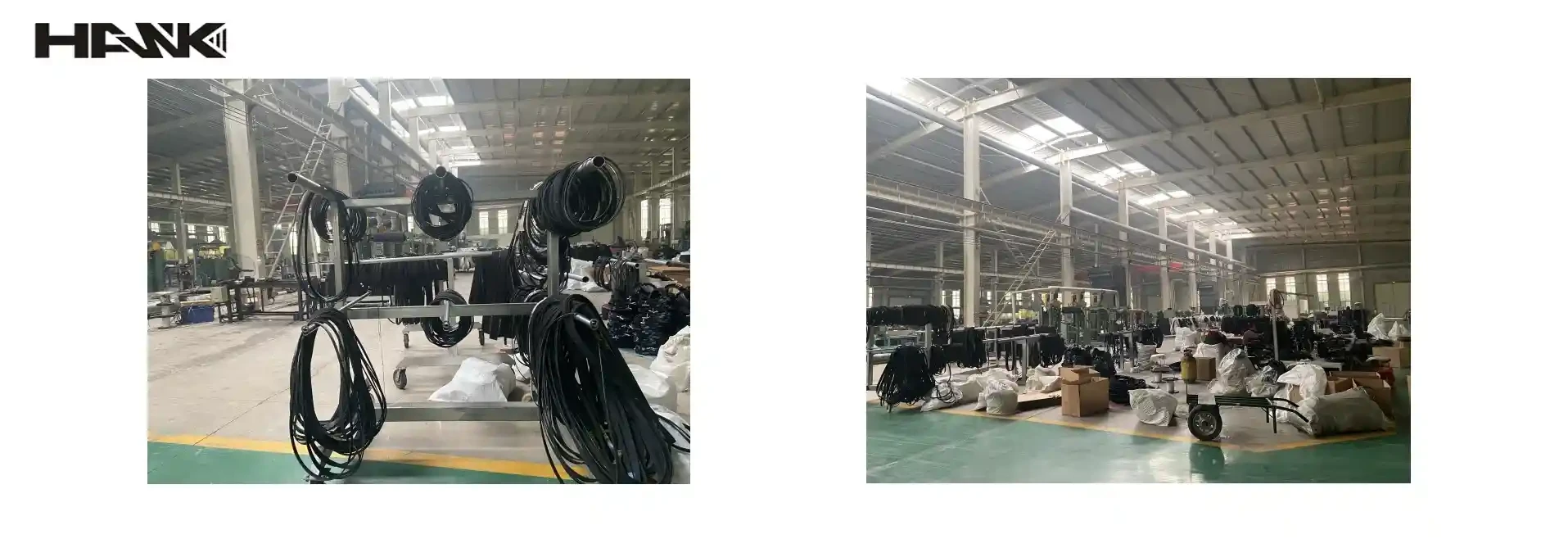- Arabic
- French
- Russian
- Spanish
- Portuguese
- Turkish
- Armenian
- English
- Albanian
- Amharic
- Azerbaijani
- Basque
- Belarusian
- Bengali
- Bosnian
- Bulgarian
- Catalan
- Cebuano
- Corsican
- Croatian
- Czech
- Danish
- Dutch
- Afrikaans
- Esperanto
- Estonian
- Finnish
- Frisian
- Galician
- Georgian
- German
- Greek
- Gujarati
- Haitian Creole
- hausa
- hawaiian
- Hebrew
- Hindi
- Miao
- Hungarian
- Icelandic
- igbo
- Indonesian
- irish
- Italian
- Japanese
- Javanese
- Kannada
- kazakh
- Khmer
- Rwandese
- Korean
- Kurdish
- Kyrgyz
- Lao
- Latin
- Latvian
- Lithuanian
- Luxembourgish
- Macedonian
- Malgashi
- Malay
- Malayalam
- Maltese
- Maori
- Marathi
- Mongolian
- Myanmar
- Nepali
- Norwegian
- Norwegian
- Occitan
- Pashto
- Persian
- Polish
- Punjabi
- Romanian
- Samoan
- Scottish Gaelic
- Serbian
- Sesotho
- Shona
- Sindhi
- Sinhala
- Slovak
- Slovenian
- Somali
- Sundanese
- Swahili
- Swedish
- Tagalog
- Tajik
- Tamil
- Tatar
- Telugu
- Thai
- Turkmen
- Ukrainian
- Urdu
- Uighur
- Uzbek
- Vietnamese
- Welsh
- Bantu
- Yiddish
- Yoruba
- Zulu
nov . 10, 2024 07:34 Back to list
Standard Sizing for Timing Belts A Comprehensive Guide to Measurements and Specifications
Understanding Timing Belt Standard Sizes
Timing belts are essential components in a variety of mechanical systems, particularly in engines and other machinery where precise timing is critical. These belts are designed to synchronize the rotation of synchronized components, ensuring that the operation of the engine or machine runs smoothly and efficiently. One of the key aspects of timing belts is their standard sizing, which allows for compatibility across different systems and manufacturers.
Timing belts come in various sizes, widths, and tooth counts, typically defined by several standard specifications. The size of a timing belt is crucial as it needs to fit perfectly within a system to avoid slippage, ensure proper timing, and maintain efficiency. The most common standard sizes for timing belts are based on the metric and imperial systems, which include specific tooth counts and lengths.
Metric Timing Belts
In the metric system, timing belts are often categorized by the pitch, which is the distance between the centers of two adjacent teeth. Common metrics for timing belts include 2mm, 3mm, 5mm, and 8mm pitches. The length is typically specified in millimeters and ranges anywhere from a few centimeters to several meters, depending on application requirements.
For example, a timing belt with a 5mm pitch could have various lengths, such as 500mm, 1000mm, or even longer. The choice of pitch and length is critical for applications in automotive engines, robotics, and industrial machinery where power transmission and timing precision are vital.
Imperial Timing Belts
In the imperial system, timing belts are usually sized by the number of teeth and the pitch. Standard sizes might include belts with 1/5 or 1/4 pitch. The number of teeth can vary significantly, and similar to metric systems, they can range from a few to over a hundred. It is essential that users understand both the pitch and the number of teeth when selecting an imperial timing belt to ensure compatibility with the pulleys and wheels used in their machinery.
timing belt standard sizes

Common Applications
Timing belts are used in a multitude of applications. In automotive engines, they connect the crankshaft to the camshaft, ensuring that the engine’s valves open and close at the correct times in relation to the position of the pistons. In industrial machines, timing belts are employed in conveyor systems, printing machinery, and automation equipment, where precise motion control is essential.
Choosing the Right Timing Belt
Selecting the right timing belt involves considering several factors, including the application requirements, load capacity, speed, and environmental conditions. It is crucial to measure the existing belt or the system accurately to determine the necessary size and ensure that the belt operates effectively.
Furthermore, it is important to consider the material of the timing belt. Common materials include neoprene and polyurethane, which offer different levels of durability and flexibility. The selection of the right material can impact the performance of the timing belt in different environments, such as high-temperature or corrosive settings.
Conclusion
In summary, understanding timing belt standard sizes is essential for selecting the correct belt for your machinery or automotive needs. With a variety of sizes available in both metric and imperial formats, ensuring compatibility and efficiency is key to maintaining optimal operation. By carefully considering pitch, length, tooth count, and material, you can make an informed decision that contributes to the overall performance and longevity of your mechanical systems. Whether you're involved in engineering, manufacturing, or automotive maintenance, having a solid grasp of timing belt specifications will serve as a vital asset in your undertakings.
-
Korean Auto Parts Timing Belt 24312-37500 For Hyundai/Kia
NewsMar.07,2025
-
7PK2300 90916-T2024 RIBBED BELT POLY V BELT PK BELT
NewsMar.07,2025
-
Chinese Auto Belt Factory 310-2M-22 For BMW/Mercedes-Benz
NewsMar.07,2025
-
Chinese Auto Belt Factory 310-2M-22 For BMW/Mercedes-Benz
NewsMar.07,2025
-
90916-02660 PK Belt 6PK1680 For Toyota
NewsMar.07,2025
-
drive belt serpentine belt
NewsMar.07,2025

